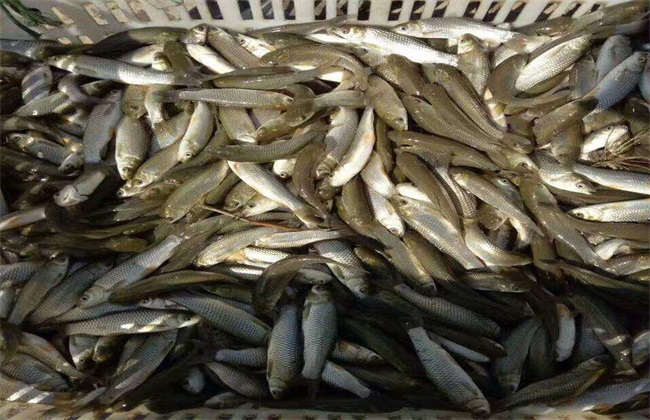Culture model of tilapia
Tilapia is a kind of fish that we often eat in our life. The breeding area in our country is very large. Tilapia also tastes delicious, and no matter what cooking method, it can retain its umami flavor. And tilapia is rich in protein and various vitamins, so now tilapia culture area is also growing. So how should tilapia be raised? What farming models are there? Let's take a look below!

1. Pond culture
Pond farming is the most common breeding mode of tilapia, and his men should choose a place with leeward sun, sufficient water, quiet and pollution-free. According to the cultivation quantity, the area of the pond shall be controlled, the pond shall be fully disinfected, sludge shall be put in, then sufficient farm manure shall be applied, and various cultivation equipment such as aerator shall be equipped. When the spring temperature is stable at about 15 degrees, you can start to put seedlings, the general number of tilapia stocking should be controlled at about 2000, and then a small number of silver carp and so on. Then we should do a good job in feeding management, observe the growth of fish, do a good job in changing water, disease prevention and oxygenation and other basic work.
2. Rice field farming
Paddy farming is also a common farming model in rural areas. First, select rice fields, and then after the completion of rice field work, half a month before the breeding of fry, the fields should also be fully disinfected, and fertile water should be cultivated one week ago to promote the growth of natural bait. And then in the rice transplanting after about a week, they can stock fry. Fry should choose healthy, vigorous, no wounds and specifications are not much different. The number of stocking should be controlled according to the environment of rice field, and the fry should be disinfected before stocking. After stocking, do a good job of management. Generally speaking, there is basically no need to feed bait. Usually, it can be raised when rice is harvested.
3. Cage culture
Cage culture is a new fish culture mode in recent years. Tilapia can be raised separately or mixed in cage culture. Different from pond and rice field culture, the fish species in cage culture should be kept larger, because the growth space of tilapia in cage culture is relatively small. Therefore, the specifications of fish species should be maintained at about 30g, and then sufficient dissolved oxygen should be ensured, because tilapia cannot float in cage culture. The last thing to control is the breeding density, not too dense breeding, otherwise it will affect the survival rate of tilapia.
4. Flowing water culture
Flowing water culture is also one of the main modes of tilapia factory culture. The culture pond of flowing water culture should not be too large, generally controlled at about 40 square meters, and the oxygen content in the water should be consistent with that of cage culture as much as possible. The difference between running water culture and other culture modes is that the choice of bait is very important, and it is necessary to give priority to complete bait. The protein content in the bait should not be less than 3/10. Then feed at least five times a day, depending on the tilapia's weight. Not too much, for residual bait to be timely removed, to avoid deterioration affecting the growth of tilapia.
The above is a brief introduction to several farming models of tilapia. Tilapia breeding mode is very many, all kinds of breeding mode have different advantages and disadvantages, mainly based on everyone's breeding habits and environment and other factors to determine. Today's introduction is here, this article is for reference only, I hope to help everyone oh!
Related
- On the eggshell is a badge full of pride. British Poultry Egg Market and Consumer observation
- British study: 72% of Britons are willing to buy native eggs raised by insects
- Guidelines for friendly egg production revised the increase of space in chicken sheds can not be forced to change feathers and lay eggs.
- Risk of delay in customs clearance Australia suspends lobster exports to China
- Pig semen-the Vector of virus Transmission (4)
- Pig semen-the Vector of virus Transmission (3)
- Five common causes of difficult control of classical swine fever in clinic and their countermeasures
- Foot-and-mouth disease is the most effective way to prevent it!
- PED is the number one killer of piglets and has to be guarded against in autumn and winter.
- What is "yellow fat pig"? Have you ever heard the pig collector talk about "yellow fat pig"?



